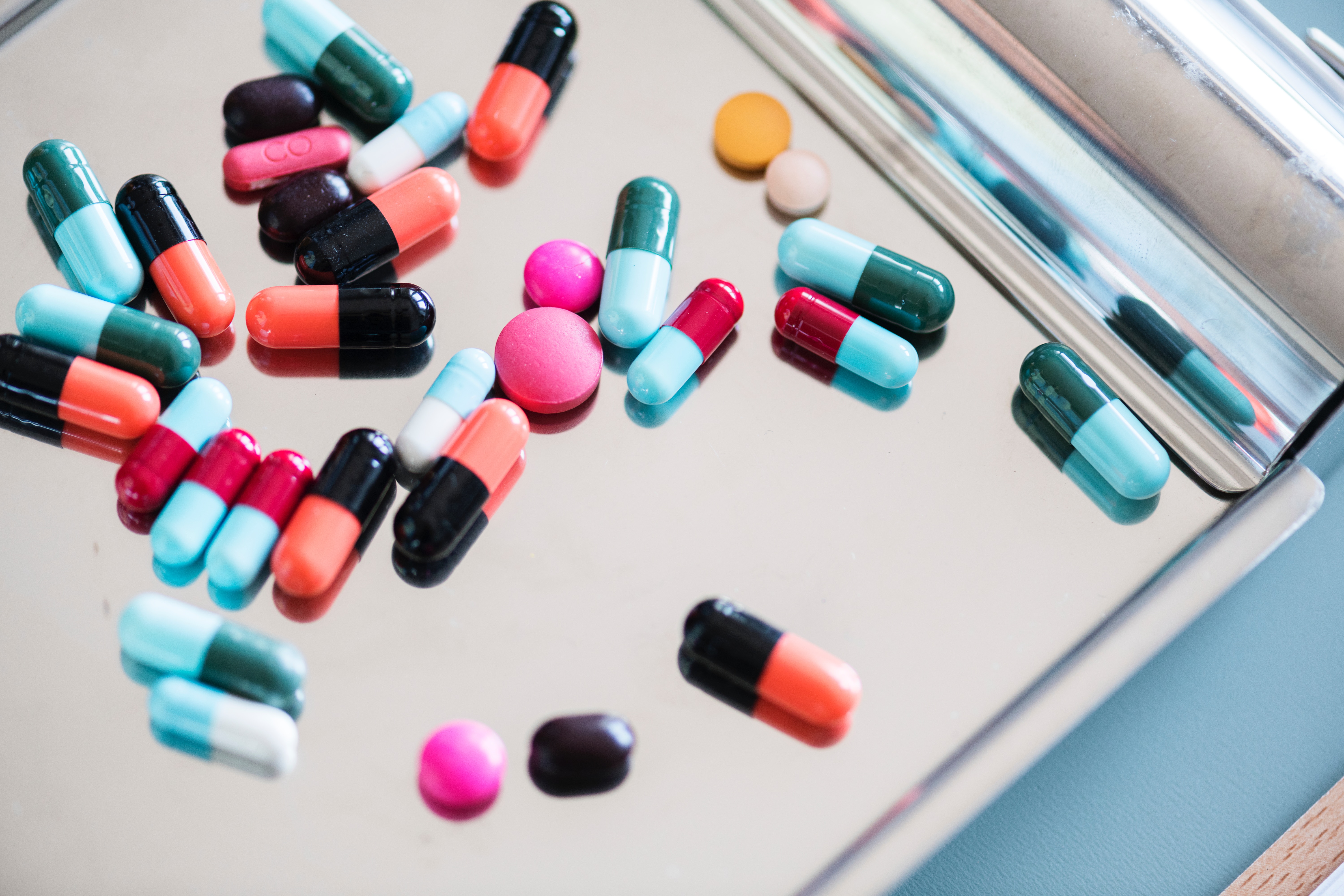For poor and working class citizens, the public healthcare system in their countries is the only way that they are able to get medical treatment and medicines that can arrest diahrroea in their children, cure bacterial infections, and treat the scourge of hiv, tb and malaria. These medicines are mostly procured through the ministries of health in each country (or a contracted independent medical stores) and distributed to hospitals and local healthcare clinics.
With a high burden of disease and poor economic conditions, the treasury is often stretched to pay for sufficient medicines to satisfy demand. This leads to frequent stockouts of even basic medicines such as paediatric antibiotics and antiretrovials. The problem is exacerbated by high medicine prices and insufficient competition amongst pharmaceutical suppliers within countries.
A week ago, a quorum of representatives from 13 SADC member states met in the Johannesburg to discuss the implementation of the first stage of a regional policy around pooled procurement of medicines. Approved in 2012, the SADC pooled procurement policy is working towards a regional mechanism through which the buying power of 250 million SADC residents can be combined to negotiate lower priced quality medicines. Implementation of such a policy is slow and complex requiring changes in procurement laws, harmonisation of medicine regulatory authorities and general strengthening of health systems.
In order to simplify the process and to achieve tangible results early on, the strategy has been designed to be implemented in phases. The first phase focuses on information and work sharing. Future phases will include group contracting and potentially full-blown pooled procurement. The Southern African Regional Programme on Access to Medicines (SARPAM) has been supporting the SADC countries in designing and implementing the strategy. Working with SARPAM, we have been responsible for the implementation of a platform for sharing information on medicine prices, suppliers and medicine quality.
In an age where you are able to purchase almost anything online and have it delivered to your door, with comparative ratings of products and suppliers, it is surprising how different procurement of medicines in the public sector is. With a few exceptions, it is difficult to benchmark prices with international norms. Despite competitive tendering processes often insufficient compete for government contracts due to few suppliers in the market. As medicines need to be registered for quality in many countries, many manufacturers don’t bother with small population countries. This results in higher prices paid or poor quality medicines to be purchased on an emergency basis.
In a 2010 study conducted by SARPAM, a price comparison of a basket of 50 essential medicines in 13 SADC member states revealed shocking price disparities. For 34 out of the 50 medicines, the ratio of the highest price paid and the lowest price paid was over 5 times. That means that for 78% of the basket, at least one country pays more than 5 times more for the same medicine than another country. In a few cases, this ratio was over 50 times.
Now, before you start jumping up and down and complain about corruption or incompetence, it is important to realise that there are many factors that affect prices. Everything from procurement volumes, to pack sizes (i.e. 25 tablet packs vs 1000 tablet packs), exchange rate fluctuations, local policies (e.g. preference for local manufacturers), duties and freight. Quality is also an important factor in determining the universe of products that may be purchased. Some countries have very stringent quality requirements resulting in a rarefied field of expensive products while other countries, by necessity have to search for lower priced alternatives with lower (but perhaps acceptable) quality standards.
Having said that, this situation represents a serious market failure where buyers of medicines are not able to make informed decisions. It is untenable that one country can pay 5 times more than its neighbour. In one important example, a country was paying 10 times for for exactly the same product than another country. Through our intervention, that country was able to negotiate a savings of $2.5 million on an annual basis. What is exciting about this is that no laws needed to be changed nor did the procurement unit need to wade through a large amount of bureaucracy. All that was needed to free up a large whack of cash was information and some tough negotiating skills.
Coming back to the meeting last week. After an extended pilot phase, almost running out of pages in my passport due to the amount of travelling, SADC, as a region approved an information sharing e-platform that we built. The platform, still in an alpha phase, collects information from a number of countries on recent procurements, including prices, volumes, suppliers and manufacturers. This information populates a simple database which can be used as a tool for benchmarking ones own procurements with others. It is also a useful tool that can be used as a directory for suppliers of hard-to-find medicines.
While it has been two years in the making, this platform is only now seeing the light of day and its real impact will be revealed in the coming months and years. In the meanwhile, it is incredibly satisfying to see how information transparency with little else has the potential to make massive differences with regards to access to medicines in one of the poorest regions in the world. We are very proud to have been central to this process and to be part of one of the most successful open data projects we have heard of.

